#GeneralMotors
GM Patents Autonomous Driving Instructor
General Motors has filed a patent for a driver-training system that utilizes a vehicle’s onboard sensing equipment to determine how well a novice motorist is handling themselves behind the wheel.
The objective is to offer driver education without the help of a flesh-and-blood instructor being present. Instead, the autonomous vehicle limits the amount of control offered to the student while constantly monitoring their progress. If they score well enough, additional freedom is awarded to the driver and the process begins again — this time with the vehicle looking to evaluate more advanced maneuvers while still keeping tabs on the basics. It’s quite a bit different than the standard practice of having someone sit beside you to take stock of your budding driving skills. But GM thinks it might have future applications and probably wants to lock it in with the United States Patent and Trademark Office (USPTO) before anybody else does.
Abandoned History: General Motors' Passport and Asna, Total Brand Confusion (Part II)
We started our coverage of GM’s Eighties and Nineties branding adventures last week, with the short-lived experiment that was Passport. The dealership network was an amalgamation of GM-owned or influenced brands from Japan, Sweden, and in the case of the Passport Optima, South Korea. Passport lasted from 1987 through 1991 before GM changed directions. In addition to axing an unsuccessful sales channel, Geo and Saturn cars had arrived during Passport’s tenure and made things more complicated. Let’s learn some more about GM’s Canadian dealership networks.
GM Secures Itself Some Cobalt
Automotive manufacturers are currently on a quest to secure supply chains to avoid any future embarrassments relating to absent materials or missing components. If the last few years have taught the industry anything, it’s that it is always better not to get caught with your pants down. So we’re now seeing most of the major players trying to lock down raw materials necessary for battery production as they pitch upward in value in anticipation of numerous firms transitioning to all-electric vehicles.
Cobalt has been of particular interest to automakers and General Motors recently entered into a formal agreement to purchase the chemical element from the Anglo-Swiss commodities trader Glencore Plc.
Abandoned History: General Motors' Passport and Asna, Total Brand Confusion (Part I)
In the Eighties and Nineties, General Motors of Canada decided to try new distribution strategies for its imported cars. Like in the recent Dodge Colt series, General Motors had its own captive import cars and trucks that were manufactured by other brands. But because of dealership arrangements in Canada, GM took things a step further than Chrysler and established a separate distribution network for its imported wares. The efforts lead to the thrilling Passport and Asüna brands for the Canadian market. First up, Passport.
GM's Oshawa Plant Increasing Truck Production, CAMI Getting Electric Vans
On Monday, General Motors’ added a second shift for Heavy Duty variants of the Chevrolet Silverado at Oshawa Assembly to ensure the automaker can meet demand. There are also plans to launch a third shift to spur production of light-duty pickups after GM spent the last two years struggling to deliver vehicles in a timely manner.
GM Canada recently representatives from the Canadian federal government, eager to show that its $2 billion investment into Ontario manufacturing (specifically at Oshawa and CAMI Assembly) had already borne fruit. While this is said to eventually include the production of BrightDrop’s all-electric and perpetually connected Zevo vans, GM is presently focused on swelling production on some of its most valuable products.
GM China Has Employees Living Inside Factories
General Motors’ joint venture in Shanghai is reportedly having employees sleep on factory floors to remain operational during regional COVID-19 lockdowns. The facilities are operated collaborative by GM and state-owned Chinese partner SAIC Motor Corp, with government restrictions being in place until at least Friday. Due to the tens of million people affected, it’s one of the largest lockdowns instituted since the pandemic started.
Initially reported by Reuters, the situation was framed as GM finding a workaround to ongoing Chinese lockdowns while other companies simply stopped production. But that seems to be glossing over some of the relevant context, mainly that the plant is now loaded up with workers who are sleeping inside the factory and living in relative isolation to ensure the facility is compliant with China’s stringent zero-tolerance policy while still managing to remain competitive.
Junkyard Find: 2006 Buick Lucerne CXS
Remember, not many years ago, when American car shoppers could choose among dozens of new Detroit sedans? For the 2006 model year alone, General Motors offered 12 different four-door sedans, and that’s ignoring sub-models plus the sedans bearing the badges of (GM-owned) Saab and Suzuki. Today, there are three new GM sedans available here, and both of the Cadillacs are built on the same platform as the Camaro. The Buick Division got out of the US-market sedan game when the final 2020 Regal rolled off Opel’s line in Rüsselsheim, but the very last proper full-sized Buick sedan was Hamtramck’s own Lucerne. I found this Northstar-equipped first-year Lucurne in a Colorado Springs yard last month.
GM Could Ditch Encore, Trax
While the market is awash with crossovers and SUVs, not all of them make the cut. According to the crew at GM Authority, General Motors is planning to axe the Buick Encore and Chevrolet Trax after the 2022 model year.
Chevy Teases All-Electric Blazer SS
GM is set to introduce more EVs to its fleet, announcing this morning that it will be stuffing a Blazer full of electrons and putting it on sale next year. Touted as the “first Chevy EV to feature a performance SS model”, GM says the all-electric Blazer SS will make its debut later this year and will be available in spring 2023.
With this news, we’ll sit back and wait for the B&B to discuss GM’s continued propensity to apply the SS badge in weird and wonderful ways.
GM Introducing New Premium Import Brand for China
General Motors is plotting to create a new premium brand for the Chinese market comprised primarily of halo cars shipped in from the United States. Details are scant at the moment, primarily due to GM getting caught with its pants down on the news breaking. The automaker doesn’t appear to have reached the point where it feels comfortable sharing. But Chinese media has been sharing the story for several days, forcing the company to issue an official statement confirming that it’s true.
GM Dumps Lordstown Motors
Lordstown Motors has gone from the savior of Ohio to just another blowhard electric vehicle startup. Last year, it became the focus of investment research firm Hindenburg Research and an incredibly damning report that accused the company of fraudulent behavior. The paper cited thousands of non-binding, no-deposit orders and was proven right a few months later when the startup announced it didn’t actually have enough money to commence commercial production. By June, Lordstown was under investigation and losing top-ranking executive with nothing to show for itself other than a factory it purchased from General Motors at a discount where it installed a pointless solar panel array. The company said it would be selling the plant to Foxconn Technology Group (Hon Hai Technology Group) in October, along with $50 million in stock, with the plan being to make the Taiwanese firm a contract assembler for the Lordstown Endurance pickup.
It’s going to need that money too because GM is severing ties with the startup and has confirmed it offloaded its remaining stock over the holidays. While the Detroit-based automaker only held about $7.5 million worth of shares, it still represented about 5 percent of Lordstown and continued support of a business that looked to be foundering.
Russia-Ukraine War Adding to Supply Problems, Auto Industry Reinventing Itself
Volkswagen Group has stalled production in Germany, citing an inability to obtain sufficient parts from Ukraine. The automaker reportedly is lacking sufficient electrical components for its Zwickau-Mosel plant and the Dresden-based “Transparent Factory” — both of which are responsible for manufacturing VW and Audi-branded electric vehicles.
While the automaker declined to identify any specific suppliers, it said that Zwickau-Mosel will be down for at least four days as the Dresden facility will only need three days of downtime. That should put them both back online by the end of the week. But that’s hardly a guarantee and problems abound elsewhere, some of which are starting to feel borderline ordinary, as the industry continues reinventing itself.
Screen, Shot: GM Yanks Rear Seat Entertainment From Big SUVs
Chalk up another victim of the ongoing global supply chain headaches. GM announced to its dealers this morning, by way of its fleet order guide, that their large SUVs – 2022 Tahoe, Yukon, et al – will not be offered with a rear-seat entertainment system “for the model year.” This marks just one of many features which have vanished from vehicles in the wake of what’s been a tough couple of years for carmakers.
Proving the situation is fluid, some items are creeping back into rotation. For example, heated seats are once again part and parcel of the Chevy Traverse – just in time for summer.
Junkyard Find: 1987 Chevrolet Cavalier Z24 Sport Coupe
Abandoned History: General Motors' High Technology Engine, and Other CAFE Foibles (Part IV)
We return to the saga of GM’s High Technology engine today, after taking a diesel detour in our last entry. Concurrent in the High Technology engine’s timeline, the Oldsmobile diesel’s failure was quick, but certainly not painless. It put the majority of American consumers off the idea of a passenger car equipped with a diesel engine. And by the time GM pulled the diesel from its various brand lineups, there was a strategy change over in HT4100 land: Not calling the engine HT anymore.



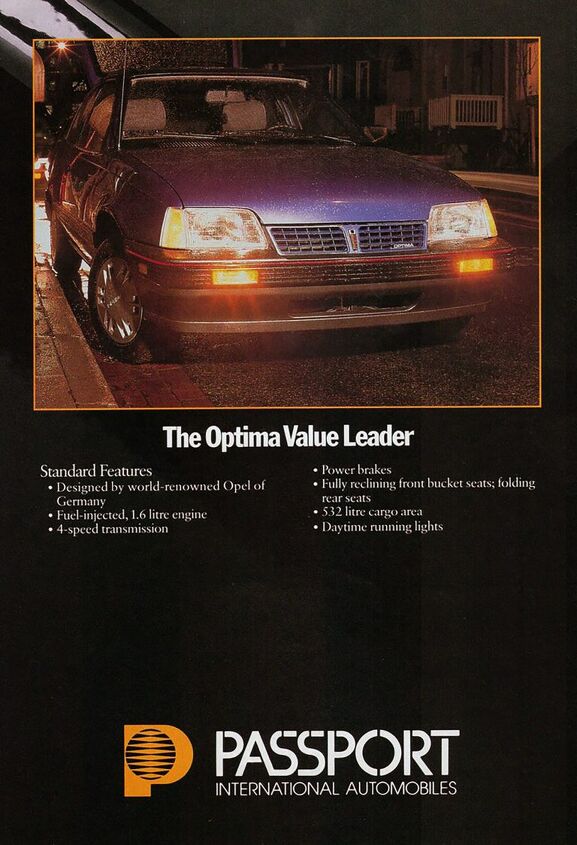
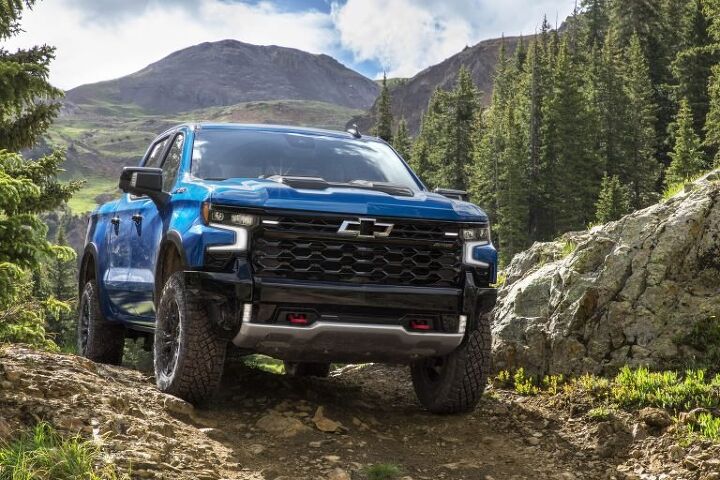


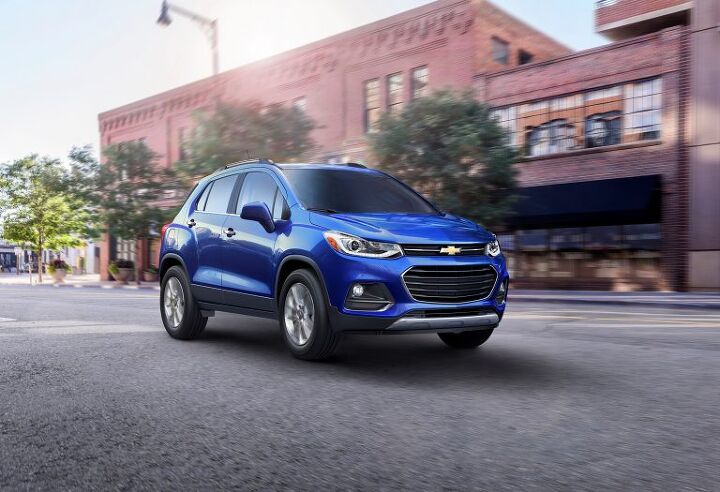
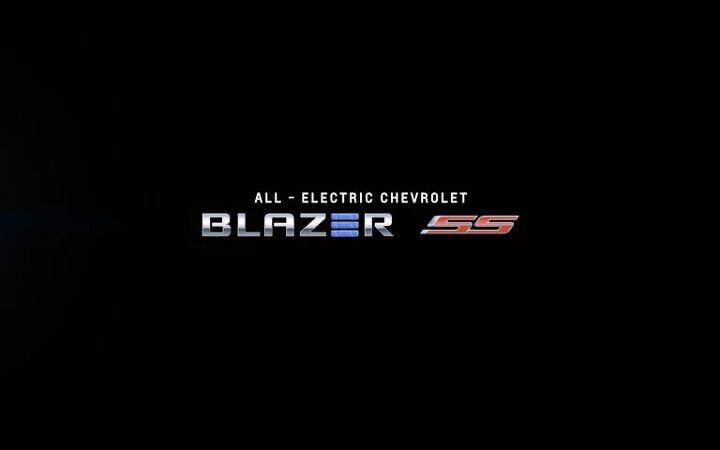




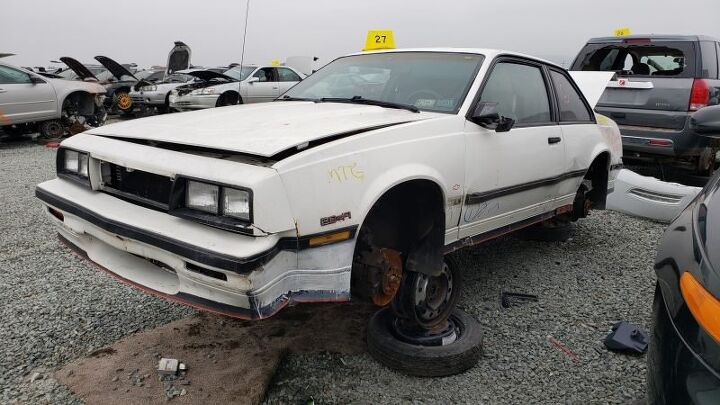
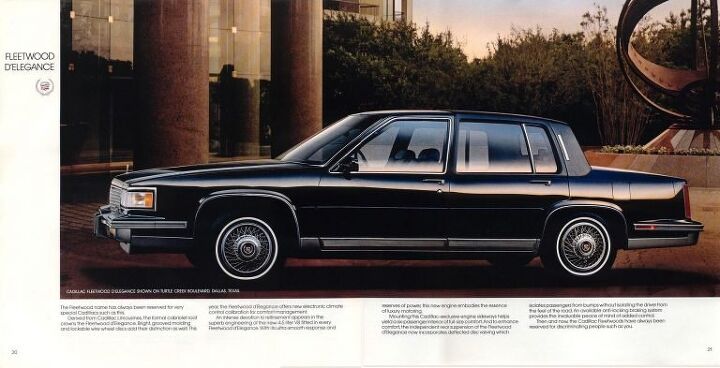












Recent Comments